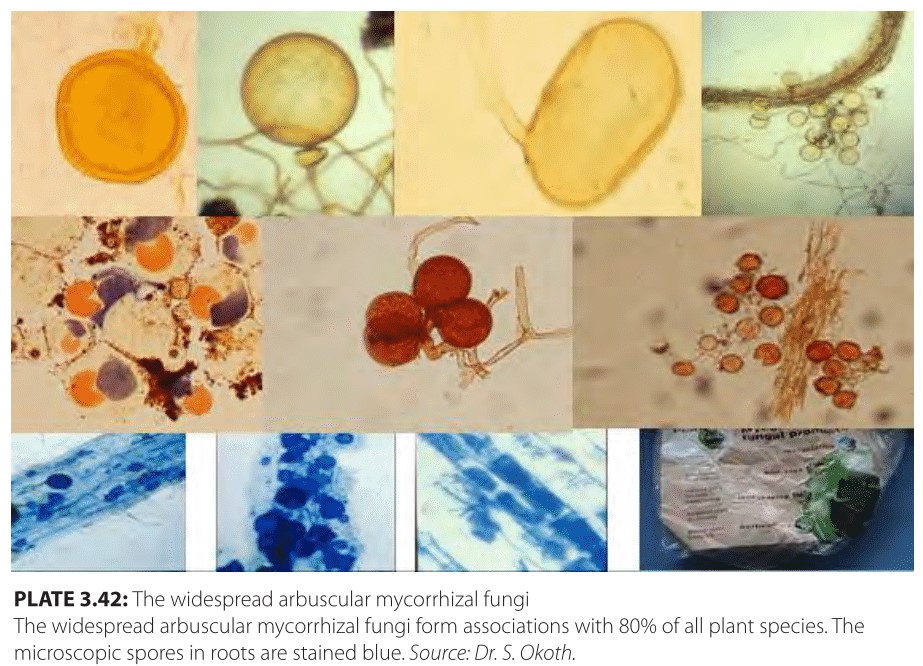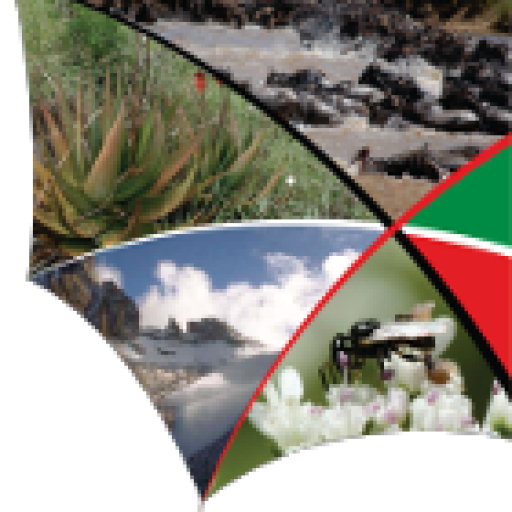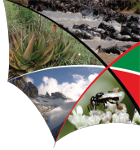Bacteria and Fungi
Biodiversity conservation has largely focused on above-ground species. Though the soil comprises a large proportion of the world’s biodiversity, the below-ground ecosystems that play a central role in nutrient and water capture and recycling—on which plant production depends—have been poorly studied. The rich biota includes microbial fauna made up of fungi, bacteria and protozoans; mesofauna made up of taxa such as nematodes, mites, ants and collembolans; macrofauna made up of taxa such as arthropods and Earthworms; and megafauna made up of vertebrates such as rodents, moles and lagomorphs—rabbits and hares. Only in the past two decades has research focused on the richness and ecosystem services of below-ground biota. A few examples illustrate the diversity and importance of this world beneath our feet.
Nematodes
Nematodes are long slender worms that are widespread in all environments. They occur as parasites of plants, animals, humans, bacteria, fungi, algae and other nematodes. They are typically grouped into two broad categories: the pathogenic and the beneficial nematode groups. A total of 27 genera of nematodes have been recorded in the cotton-growing areas of Kenya, spread across five agroecological zones.
Bacteria
Bacterial species dominate the soil fauna. Among the most important, economically, are the rhizobial bacteria that form nodules on leguminous plants and convert inert nitrogen gas in the atmosphere into nitrogencontaining organic compounds essential for plant growth. Yet another important bacterium is Bacillus thuringiensis, which produces proteinaceous spores with insecticidal properties, widely used in controlling pests of agricultural crops.

Microscopic fungi
Trichoderma species are a cosmopolitan fungi that decay wood and recycle vegetable matter. They colonize roots and parasitize other fungi. Nine species have been identified in Embu soils and eleven in Taita soils. Studies have barely scratched the surface of soil fungi and their ecological roles. Fusarium is another large genus of widely distributed soil bacteria associated with plants. Most species are harmless. Some are severe plant pathogens.

